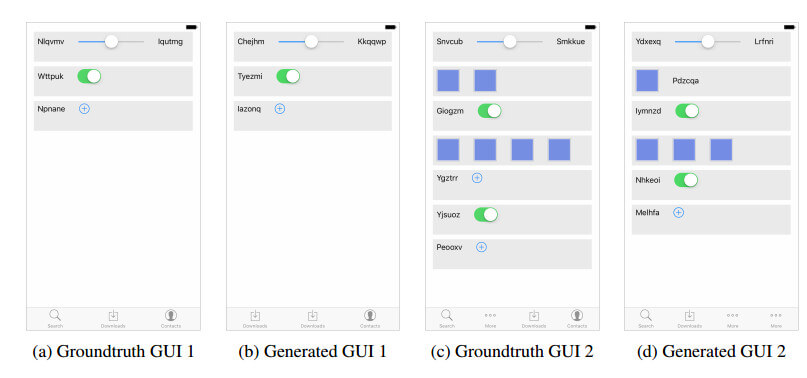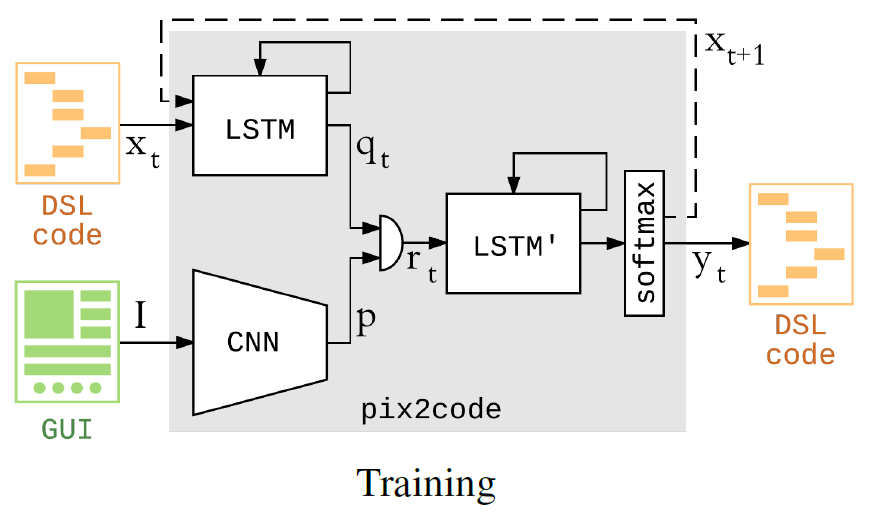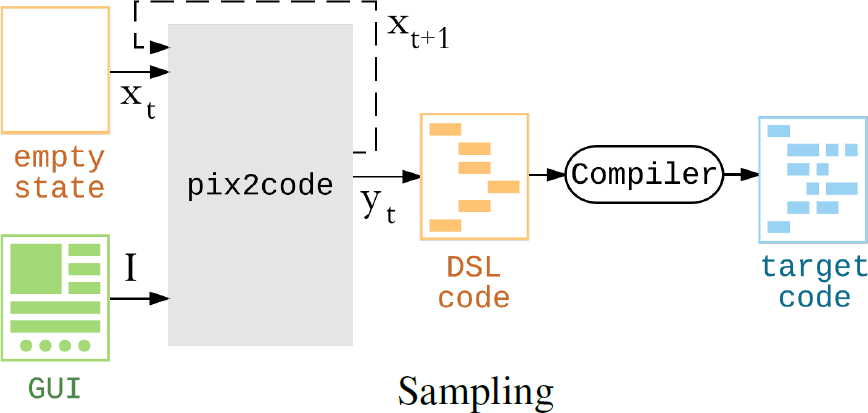From the days in the past till now, things keep on changing and what does not changes is improvements. Life has to be made easier for the people and technology plays an important role in it. UIzard Technologies’s new approach of bringing Pix2Code, an app for automating Front-End development is a very good example of revolutionizing the world.
What exactly is Pix2Code?

Pix2Code utilizes trained neural networks to change images into lines of code. All the app needs is the right image of the targeted design for GUI (graphic user interface). After the app recognizes the GUI, it generates corresponding code. The enthralling part is that the app creates code that can be applied to web-based technologies, iOS, and Android.
The founder of UIzard Technologies, Tony Beltramelli, explained that the app simply requires a single input image to generate code with a high accuracy of 77%. The new technology could end the need for manual GUI programmers.
How to use Pix2Code
The process of developing front-end interface using the app involved three steps;
(1). Training

The UI/UX development using Pix2Code utilizes the following neural networks.
- A Long-Short term memory (LSTM) network is used to consolidate a sequence of tokens (terminals in the selected language) as the main input.
- Convoluted Neural Network (CNN) is applied to design features from a mockup.
- An LSTM that employs (q-t, p) as the input and output of Softmax vector tokens. The result from the vector (x t+1) is fed into the subsequent iteration. The final vector is the mapping of the terminal token probability.
The restricted language complexity of applied Domain Specific Language (DSL) helps to apply hot-vector encoding at the input stage and a softmax vector on the output. Then, LSTM network is provided with tokens of size T.
(2). Sampling

Once the network has been trained, it is time to feed it with the mockup to get the DSL code. The process of generating the pix2code source code ends when the network generates the token. The code can be used to compile into the anticipated Objective-C for Apple devices, HTML for web apps and Java for Android O.
(3). Results

The pix2code paper demonstrated that the process UI/UX development using Pix2Code delivers an accuracy level of 77%. This cuts the work of UI development by a huge margin. The process echoes other recent presentations such as DeepCoder that targets automating some sections of software engineering.
Three main problems that Pix2Code faces :
- Computer vision: A computer cannot naturally understand the provided scene such as objects, their characteristics, and positions.
- Language problem: The network has to be trained to understand different texts to generate accurate samples.
- Training the deep learning program: This training must be effected with precision to ensure the program understands the crucial link between texts, images, and code so that the pix2code android or pix2codeiOS is accurate.

The future of pix2code
Beltramelli believes that further updates on Pix2Code will raise the accuracy of the app beyond 77%. However, he is quick to point that the niche is rather unexplored because training the neural networks requires a lot of time. In addition to that, the internet could help to overcome the challenges as more people join in.
With the large number sites already online and hundreds that are created every day, it means that unlimited training data is available.
Combining design and coding is emerging as a unique trend with top companies jumping ship. Google launched the Data GIF Maker that helps to transform code into very colorful animations. The field of UI/UX development is edging to the next level with the entry of technologies such as Pix2Code.

